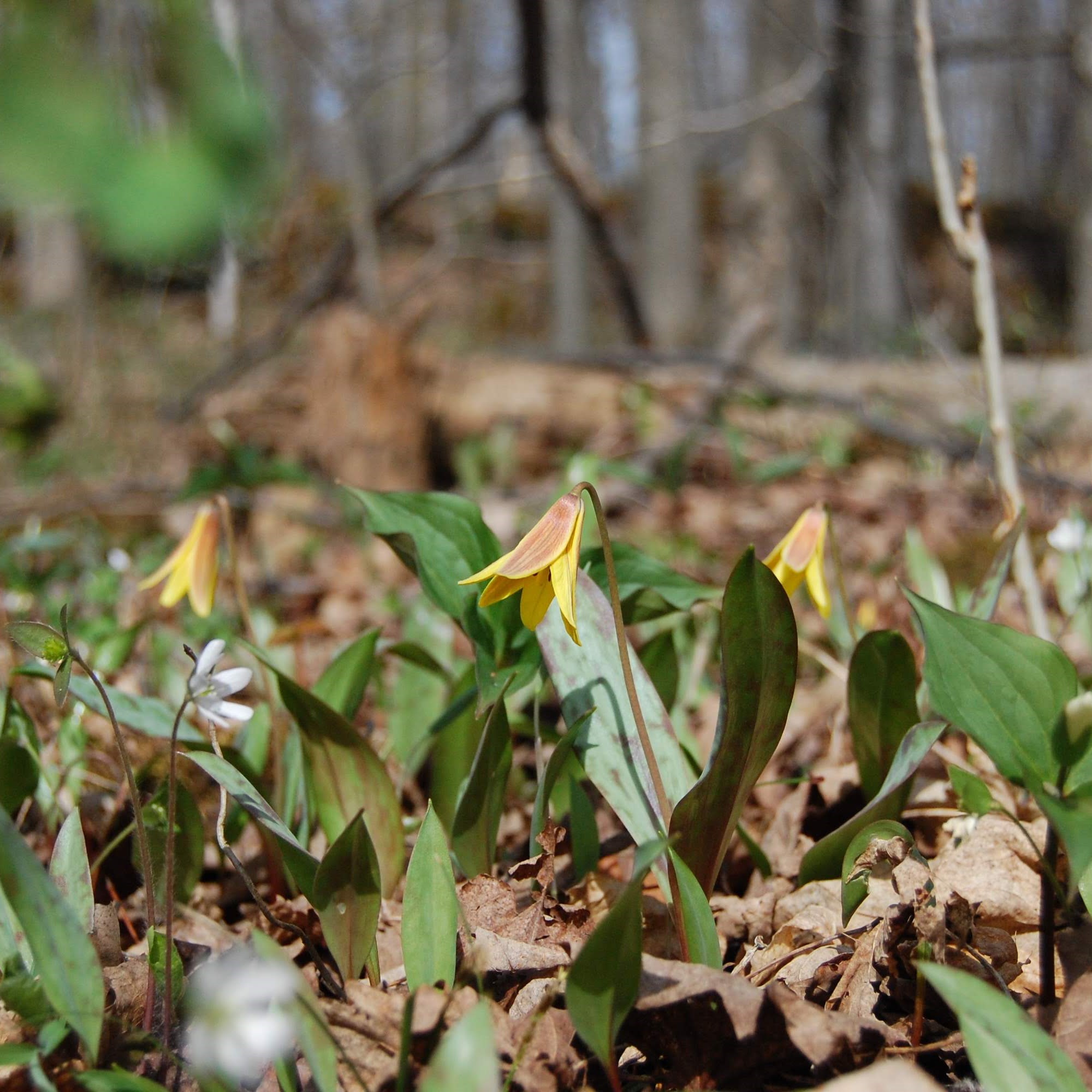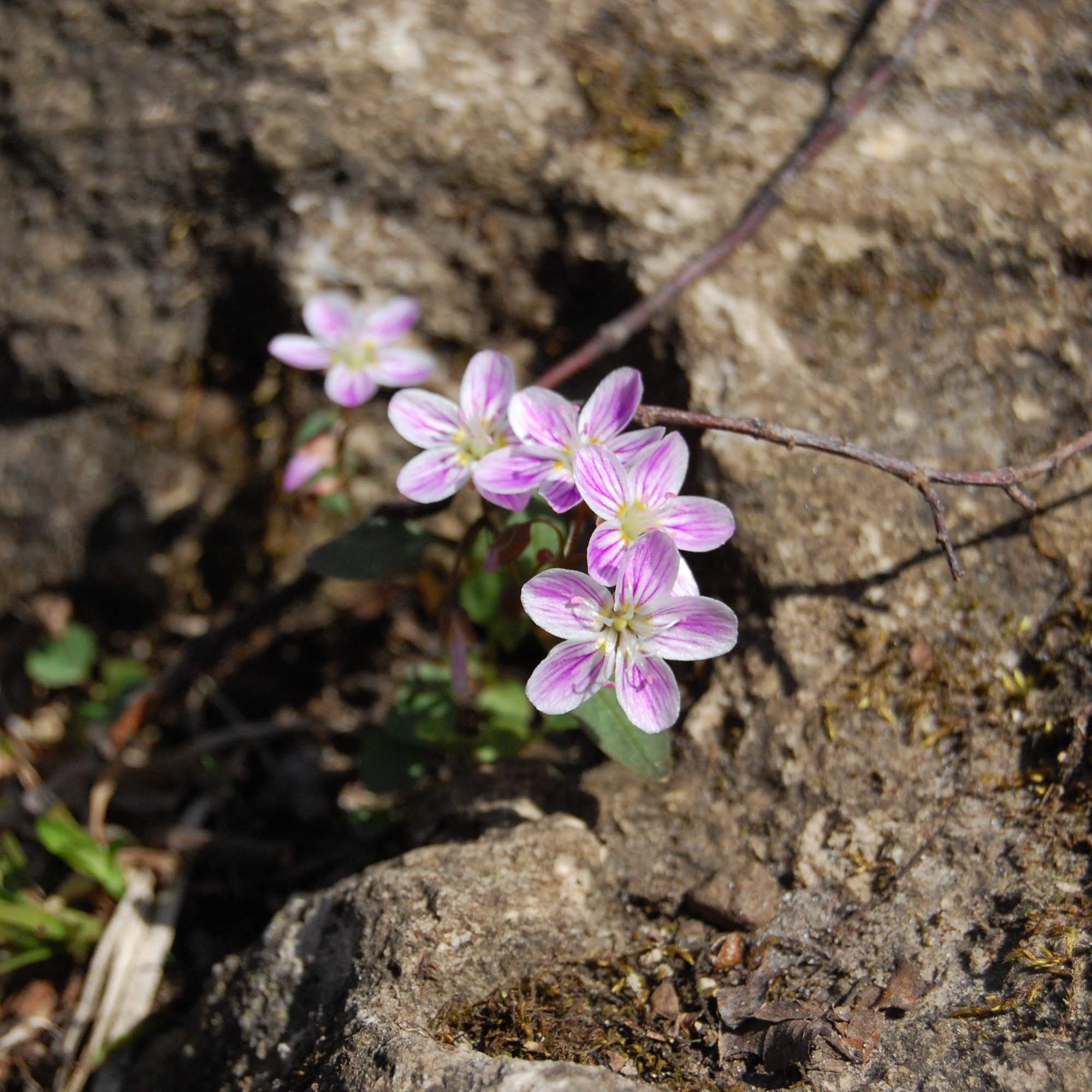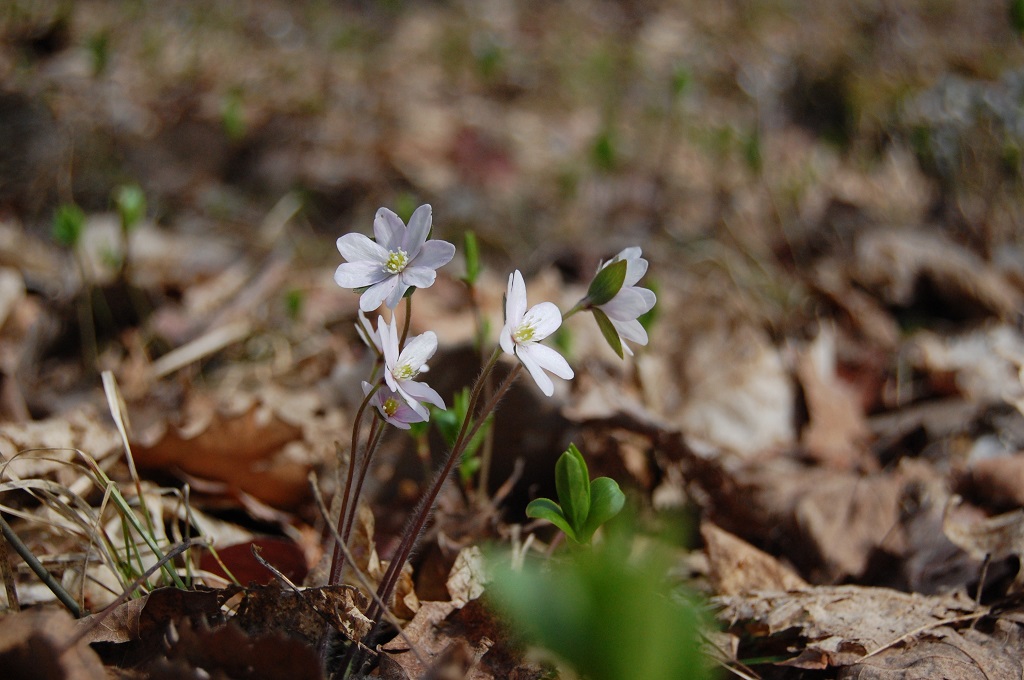Caption: The Oak Ridges Moraine (Green Highlight) feeds several local creeks and rivers.
It’s no secret that Peterborough is a city intimately connected with the water. From the lakes that surround us to the rivers and canals that criss-cross the city, you don’t have to go far to spend time on the water. We are also a city that considers ourselves distinctly different from the urbanites to the south. We’re proud to be on the frontier of Canada’s south, a gateway to the land between, and the Canadian Shield beyond. When legislation regarding the greenbelt is passed at Queens Park, you’d be forgiven for thinking it might not apply to us, after all, the greenbelt is there for Toronto, why should the people of Peterborough care?
You don’t have to go far back in memory to think of summers where Jackson Creek has nearly dried up completely. You might wonder why there is still a little bit of water in the creek for fish to survive the dry months. After all, in June 2021, we went for several weeks without rain, so where does the water in the creek come from? Well, in short, that water comes from the Greenbelt, and the Oak Ridges Moraine (ORM) within. The ORM functions as a giant sponge that stretches across southern Ontario, soaking up water when it is wet, and slowly letting it out when it is dry. It is because of the ORM’s ability to act as a giant reservoir that Jackson Creek, Cavan Creek, and countless other rivers in the Peterborough area continue to flow long into a drought.
Changes to the greenbelt act proposed by Doug Ford at Queen’s Park mean that the integrity of that sponge will be eroded. Building houses on top of this “big sponge” is similar to applying a plastic coating on top of that sponge. The ORM’s ability to absorb water during rainy months, and snowy conditions will be negatively impacted, and there will be less water to feed our creeks and rivers.

The Greenbelt was a visionary piece of legislation that helps protect our critical water resources, but continued degradation will negatively impact the resiliency of our aquatic ecosystems. It is obvious that the proposed changes are meant to enrich a few individuals, and not to build affordable homes for citizens. Even the government’s own housing task force acknowledges that there is no need to alter the boundary of the greenbelt to provide adequate housing. It is my hope that the government will change course, and remove the proposed changes to the Greenbelt from Bill 23.
Author’s Note: Sorry I haven’t been active much lately. I’m sure many of you have found the world an overwhelming place lately, and I’m right there with you. I was also a little bummed out in the spring after getting ghosted by the newspaper, but I’m in the process of finding another home for some of my writing. Anyways, that’s all to say I haven’t had much of a spark for writing for a little while, but here’s hoping I can change course on that one going into the winter.








































